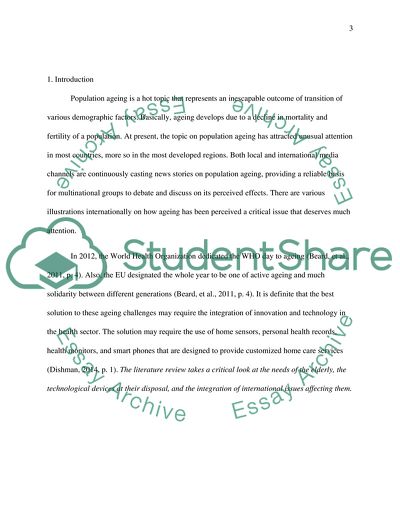Cite this document
(Advanced Technology for the Aged: Smart Homes Literature review, n.d.)
Advanced Technology for the Aged: Smart Homes Literature review. https://studentshare.org/technology/1879499-literature-review-outline-smart-home-for-the-aged
Advanced Technology for the Aged: Smart Homes Literature review. https://studentshare.org/technology/1879499-literature-review-outline-smart-home-for-the-aged
(Advanced Technology for the Aged: Smart Homes Literature Review)
Advanced Technology for the Aged: Smart Homes Literature Review. https://studentshare.org/technology/1879499-literature-review-outline-smart-home-for-the-aged.
Advanced Technology for the Aged: Smart Homes Literature Review. https://studentshare.org/technology/1879499-literature-review-outline-smart-home-for-the-aged.
“Advanced Technology for the Aged: Smart Homes Literature Review”. https://studentshare.org/technology/1879499-literature-review-outline-smart-home-for-the-aged.


